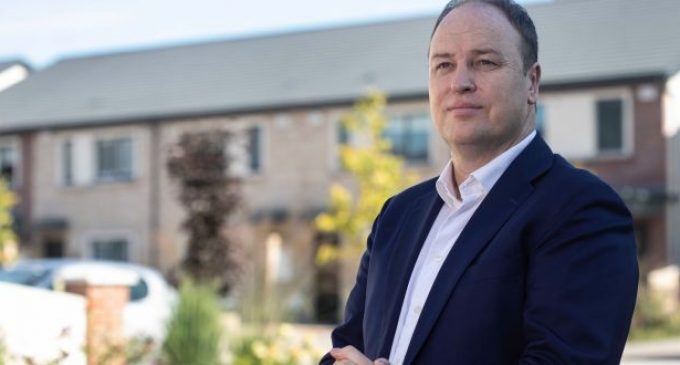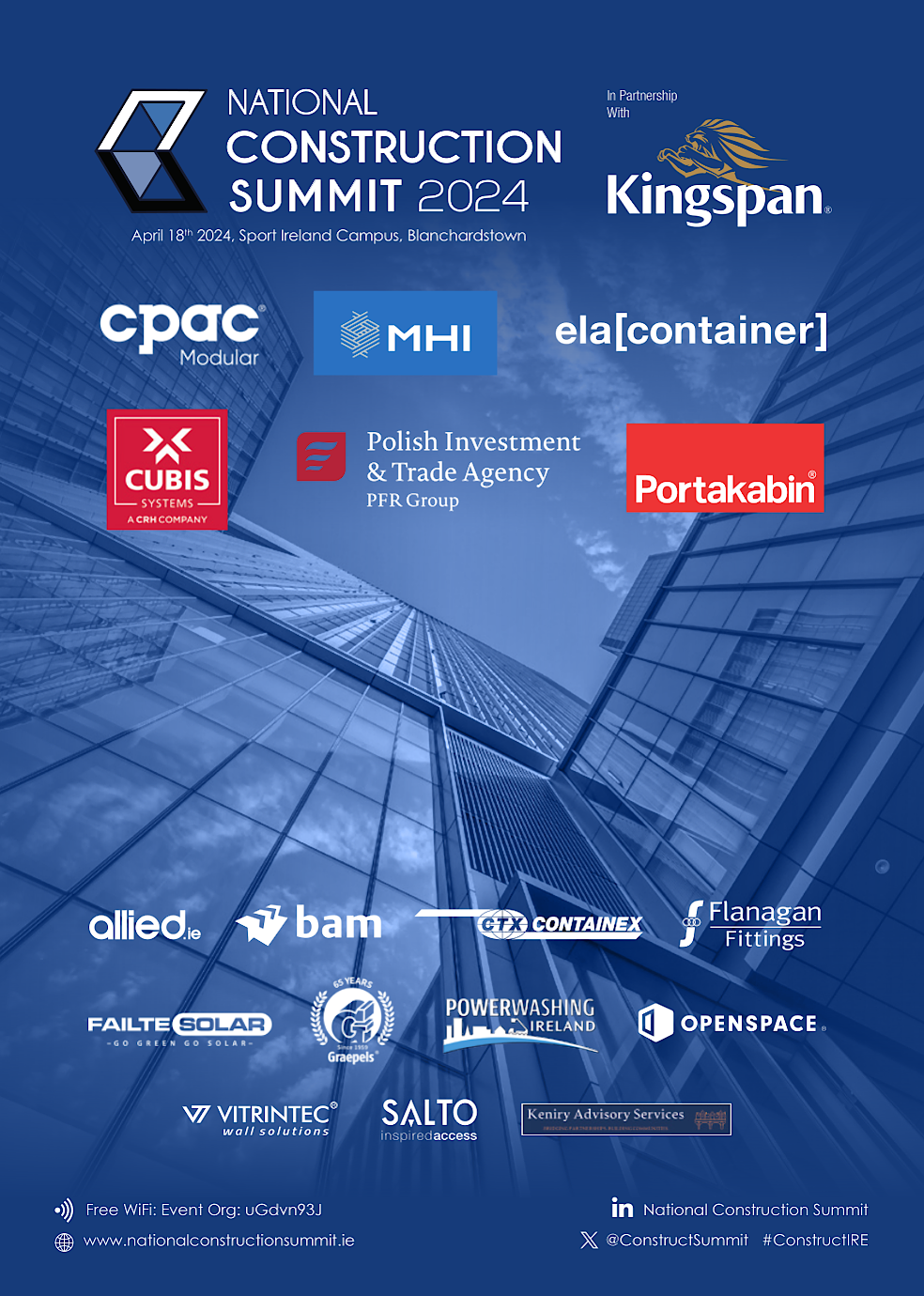‘If construction is such a profitable industry, why aren’t more people at it?

Glenveagh says it has sold, signed or reserved the 1,150 homes it expects to deliver this year
When Stephen Garvey was invited in 2014 to meet executives from US private equity firm Oaktree in Dublin, he had no idea where it would lead.
“I probably should have googled Oaktree before I went to the meeting,” Garvey muses, in hindsight.
Garvey, a low-key builder during the boom, had of course, heard of the Los Angeles-based outfit – among the first wave of overseas investment firms to snap up distressed assets and loans stemming from Europe’s biggest property crash. But he had “no expectations” of what would come from the meeting, which was set up by a property agent.
As it happens, he talked the then Oaktree European executive, Justin Bickle, out of buying a residential development portfolio the firm had been weighing, saying it might not achieve the internal rate of returns (IRR) that a private equity firm would be targeting. But the encounter would ultimately pave the way for the setting up of Glenveagh Properties, the Dublin-listed housebuilder, where Garvey is now chief executive.
“Justin said he’d never heard of a developer talk about IRR before, which is 1.01 for private equity,” the 42-year-old recalls in his first profile interview. He’s at a 450-unit Glenveagh development at Barnhall Meadows, near Leixlip, where the two cars outside most of the A-rated houses reflects how Covid-19 has much of Ireland working from home.
Oaktree subsequently invited Garvey to London to give a presentation of his views of the market. That resulted in his company, Bridgedale, being hired to develop sites in the Greater Dublin Area on the private equity giant’s behalf.
The partnership would culminate in 2017 with Oaktree combining a number of sites it had snapped up following the crash with Bridgedale to form Glenveagh, which floated in Dublin that October on the back of a €550 million initial public offering (IPO).
By the time he was 20, Garvey had about 100 people working for him as he built up one of the biggest plastering contractors in the State. Clients included Menolly Homes, Glenman Corporation and McCabe Builders.
Garvey set up is own housebuilding business, Bridgedale, in 2003, with his business partner at the time, Paul McNerney, initially buying nine sites in Athlumney in Navan, Co Meath. “We weren’t known to anyone. But there were banks willing to sit down with us. Getting finance was not difficult.”
The duo quickly moved on a plot of 15 sites, and, from there, to one with 40, he says.
“But I remember at the end of 2005, we were looking at a number of developments and just felt that things had gotten a bit out of hand with the land prices that were out there.”
Source: The Irish Times







